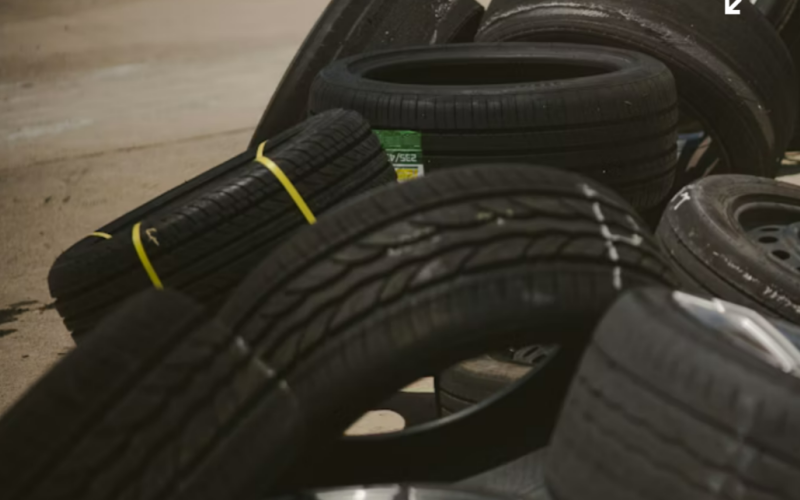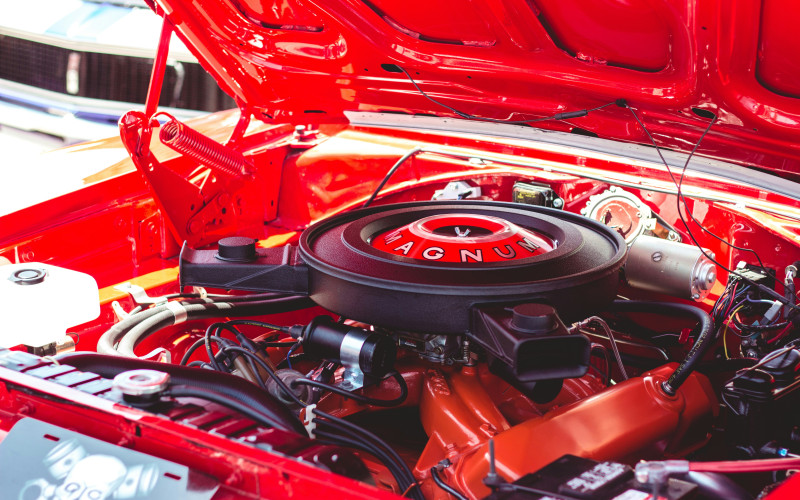What Should Be The Pressure In Classic Car Tires
Keeping your classic car tires at the right pressure is important for safety on the road. If you don’t know how to check it, don’t worry. This guide will help you understand everything you need to know, even if you're just starting out.
Factors Influencing Tire Pressure
Several things can affect your tire pressure:
- Temperature: Cold weather can make the pressure go down, while hot weather can make it go up.
- Driving: Long trips or carrying heavy loads can change the pressure.
- Leaks or Punctures: A small hole in the tire can cause slow air loss.
- Time: Tires naturally lose air over time, even if there are no leaks.
For this reason, you should check your tire pressure often. If you don’t, your tires may wear out faster and become unsafe. Poor maintenance—like ignoring tire pressure—can shorten the life of your tires, so staying on top of regular checks is essential.
How to Check and Adjust Tire Pressure
Here’s how you can easily check and fix your tire pressure:
- Get a tire pressure gauge. You can buy one at a gas station or an auto parts store.
- Find your car’s recommended PSI. This is usually written in the owner’s manual or you can find it on specialized websites.
- Take off the valve cap from the tire and firmly press the gauge onto the valve stem.
- Read the number on the gauge. If the pressure is too low, you’ll need to add air. If it’s too high, gently let some air out.
- Use an air pump. Many gas stations have air pumps that are free or cost a small amount.
- Put the valve cap back on once you’re done.
It’s simple and takes just a few minutes. But if you're unsure or want expert help, especially for classic cars, our team at D&C Classic Garage is here to assist you.
We offer classic car tire and wheel replacement services designed to improve both the style and performance of your vehicle. Whether you’re looking for classic white wall tires, redline tires, or modern radial upgrades that retain that vintage look, our experts can guide you through the best options. We understand how to match the perfect tire and wheel combination to your classic car’s personality and driving needs.
So if your tires feel outdated, unsafe, or just don’t turn heads like they used to, let D&C Classic Garage help you upgrade with confidence.
Frequency of Tire Pressure Checks
It’s best to check your tire pressure:
- At least once a month
- Before long road trips
- When the weather changes a lot
Also, check your tires if your car feels different while driving, like pulling to one side or feeling bumpy.
Final Thoughts
Keeping the right tire pressure is a simple but important part of car care. It helps your tires last longer, saves you money on gas, and keeps you safe on the road. Now that you know what to do, make checking your tires a regular habit!
And if you ever need expert help - D&C Classic Garage is here to keep your ride performing and looking its best. Reach out to us today or fill out our contact form to book a consultation!
FREQUENTLY ASKED QUESTIONS
How often should I check my tire pressure?
It’s best to check your tire pressure at least once a month and before long trips. Regular checks help keep your tires safe and in good condition.
Can I rely on the tire pressure monitoring system (TPMS) in my car?
TPMS is helpful, but it doesn’t replace regular manual checks. It usually warns you only when pressure is very low, so it’s good to check with a gauge too.
What are the dangers of driving with underinflated tires?
Underinflated tires can wear out faster, reduce fuel efficiency, make steering harder, and increase the risk of tire blowouts, which are dangerous.
How does temperature affect tire pressure?
Cold weather makes tire pressure drop, while hot weather makes it rise. That’s why it’s important to check pressure regularly, especially during seasonal changes.
Should I inflate my tires to the maximum pressure listed on the tire sidewall?
No. The number on the tire sidewall is the maximum limit. Always follow the recommended pressure from your car’s manual or door sticker for best performance and safety.
Can I check tire pressure when the tires are hot?
It’s best to check tire pressure when tires are cold—before driving or after the car has been parked for a few hours. Heat from driving increases pressure and can give an inaccurate reading.
RELATED POSTS

Classic cars deserve more than just ordinary repairs—they require precision, craftsmanship, and a deep respect for their original design. Whether your vehicle has a small dent, aging paint, or collision damage, car body damage repair is essential to preserving its beauty, structure, and value.

Every car owner understands that tires are more than just rubber meeting the road—they define performance, safety, comfort, and even style. For classic car owners, the importance of choosing tires goes beyond daily function; it’s about preserving authenticity while ensuring the vehicle drives as smoothly as it looks. The question is, what kind of tires does your car need, and how do you blend vintage looks with modern roadworthiness?

Restoring a classic car is a thrilling experience for any auto enthusiast. Beneath the polished chrome, fresh paint, and roaring engine lies one of the most critical yet often overlooked components—the electrical system. Whether you’re working on a 1950s roadster or a 1970s muscle car, ensuring that the wiring and electrical components are properly restored is key to both function and safety.

Owning a classic car is a dream for many people. Classic cars aren’t just vehicles—they are pieces of history, symbols of style, and a source of pride. Whether it’s a Mustang, Camaro, Corvette, or another timeless model, a classic car represents passion and nostalgia. But with age comes wear and tear. Even the most carefully stored classic cars show signs of needing professional restoration.
